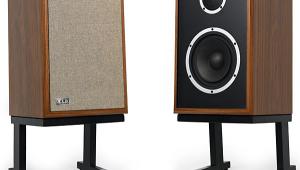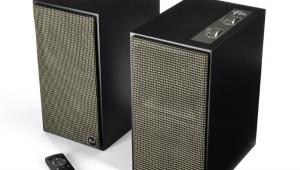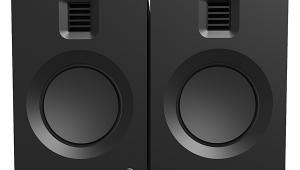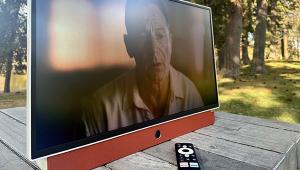Mark -
Curious about your thoughts on how the PSB Imagine Mini's when combined with a HSU VTF 15H sub would compare with the RSL 5.1 system.
I'm awaiting for a pair of Imagine Mini's to be delivered and read your review of the RSL system and now second guesing my strategy of putting a compact surround system together.










































































